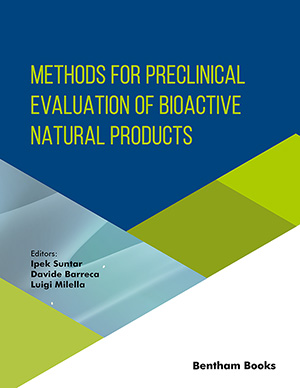Abstract
The overactive bladder is a common and distressing condition that has a significant impact on the quality of life of millions of people worldwide. Despite its high prevalence, it is a disorder poorly known and not usually tackled in daily clinical practice. The underlying pathophysiology that leads to OAB syndrome is, as yet, incompletely characterized. Non-pharmacological intervention is the foundation of treatment for overactive bladder. Traditional non-pharmacological tools and lifestyle modification should be provided consistently as part of a balanced program for improving target symptom control. In the past, the entire pharmacotherapeutic scenario of OAB had been dependent on modulation of muscarinic receptors. These receptors, although important to intrinsic detrusor function, do not appear to be completely responsible for OAB, given the incomplete therapeutic responses obtained with current agents. Anti-muscarinics remain the first line in pharmacotherapy. However, these agents produce variable efficacy and/or are often associated with considerable adverse effects resulting in treatment failure. Thus, there is a need for more effective treatments. Prospective therapies aimed at novel targets with novel mechanisms of action are currently at different stages of clinical development. With the exception of botulinum toxin, however, few newer therapies have emerged showing clinical benefits.
Objective: The aim of this review is to provide an overview of the various drug therapies available for the management of OAB. Non pharmacological therapies are being outlined briefly.
Methods: MEDLINE, Medscape, and Google scholar databases were searched using the relevant terms. Full text articles in English regarding the current literature on the management of OAB with major emphasis on pharmacotherapy were selected for reference.
Keywords: Anti-muscarinics, bladder retraining, botulinum toxin, overactive bladder, pelvic floor exercises, tricyclic antidepressants, PATHOPHYSIOLOGY, Pharmacotherapy, Transdermal Oxybutynin, Trospium
 48
48





















